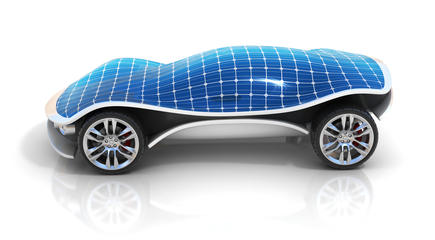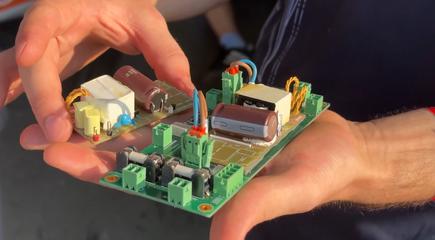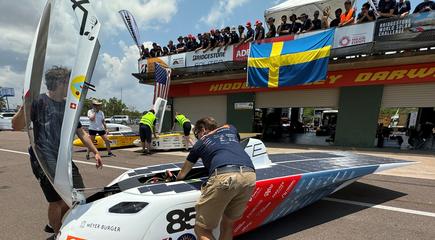We Already Have EVs, Who Cares About Solar Cars?

Many regions of the world are already seeing the rapid increase of electric vehicles (EVs) hitting the roads. These regions are starting to enjoy the benefits of cleaner air, less oil in parking lots (and on shoes), more relaxing dining off main street due to fewer noisy exhaust pipes, less engine heat pouring into garages and homes on hot days, no messy clean-up at the pump, and lower costs of operation and maintenance. More entertainingly, they are having fun with more acceleration on tap than a naturally aspirated Corvette and more low-end torque than a Jeep rock-crawler!
Indeed, the EV revolution is well on its way. This begs the question, “who cares about solar cars if we’ve already got EVs?”
Solar cars are the pace cars to the EV revolution. They are a test bed for the leading-edge technology of future electric vehicles. And the bright minds developing solar cars are the developing leaders of the EV revolution and beyond.
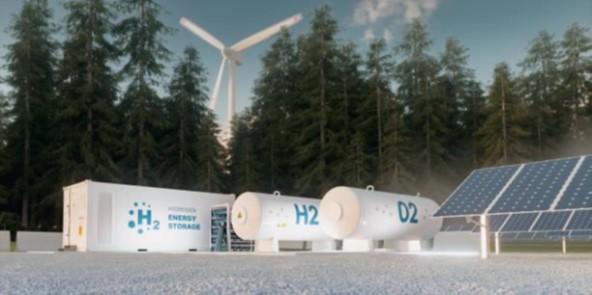
Ultimately, for both solar cars and EVs, it’s all about the big picture - decarbonization. Electric vehicles can have the biggest and most immediate impact to decarbonization. However, where EVs have numerous constraints to achieve market success in mass production, solar cars can enjoy more engineering latitude without such constraints. Solar car teams can trial leading edge and even exotic technologies and design methods which, in the real world, address decarbonization and its three pillars: energy generation, electrification, and efficiency.
Energy Generation
This includes renewables, storage, and transmission. “Challenger” class solar cars in the Bridgestone World Solar Challenge (BWSC) run entirely on electricity generated by the sun – for the full duration of the 3000 km course. These cars leverage cutting edge solar panel technology and batteries for power generation and storage, respectively. For example, BWSC teams have previously used gallium arsenide-based solar cells, given the exceptional 40% efficiency achievable by this technology – roughly double that of silicon-based cells. Today solar panels are seldom used in production vehicles. However, they are increasingly used to supplement power to EV charging stations and the electric grid.
Electrification
Gas-powered vehicles eat more carbs than anything else on the planet. But EVs electrify the carbs out. Legacy internal combustion engine (ICE) electro-mechanical systems have been replaced in favor of those that can be powered by electricity alone. Many of those same systems are mirrored in solar cars, such as the battery, DC-DC converter, and traction inverter.
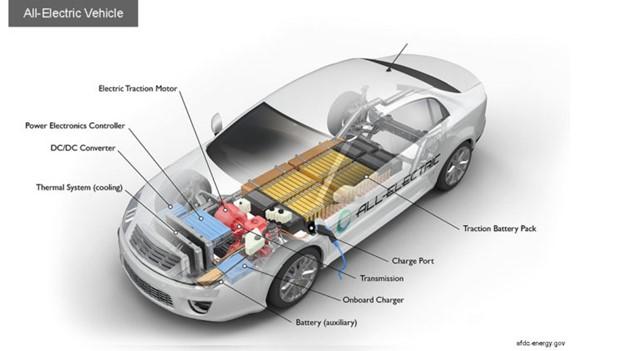
Anatomy of an EV (Courtesy afdc.energy.gov)
Mission-critical sub-systems have also gone electronic: safety, control system, communications, sensors and telemetry. In the aCentauri solar car that PI sponsored for the Bridgestone World Solar Challenge, those sub-systems are powered via the DC-DC converter, which is based on a modified version of the RDK-747 reference design kit featuring Power Integrations’ 750 V InnoSwitch™3-EP with PowiGaN™.
Efficiency
From the solar panels to the power applied from the wheels to the road, the teams must take a maniacal approach to designing for efficiency – it’s power conversion efficiency that wins races.
Power conversion stages include solar-to-electrical, high- to low-voltage DC-DC power conversion such as that in the PowiGaN-based RDK-747 module, in the gate driver and in the inverter to the traction system. The teams also must focus on physical impacts to efficiency such as reducing weight and minimizing rolling and air resistance to achieve maximum performance. Though a lower order impact, the RDK-747 module reduces the number of components and thus the size of the printed circuit board (PCB) and does not require a heatsink – all of which reduces the weight of the DC-DC power converter
As it translates to decarbonization, it’s this same leadership and a maniacal focus on end-to-end energy-efficiency improvements which will have the greatest impact toward achieving sustainability.
Mr. Green’s Blog is on location cheering for the αCentauri Solar Race Team. Follow #PowiGaNVan on Power Integrations’ official YouTube Channel and LinkedIn Page.

This Mr. Green blog is part of a special series of blogs, vlogs, livestreams and social posts from the #PowiGaNVan as we follow Team αCentauri through the Australian Outback for the Bridgestone World Solar Challenge.


